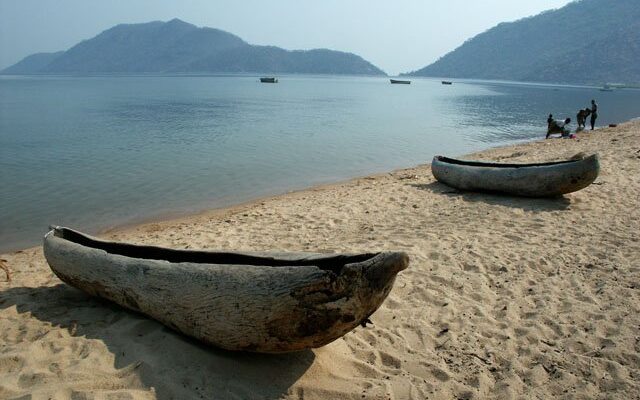Lake Malawi (Nyasa)
Attractions refers to the countries:MalawiTanzaniaTanzania , MozambiqueLake Malawi in Lake Malawi National Park is the third largest lake in Africa and the ninth largest in the world. The lake is 560 km long, 80 km wide, and 700 m deep.
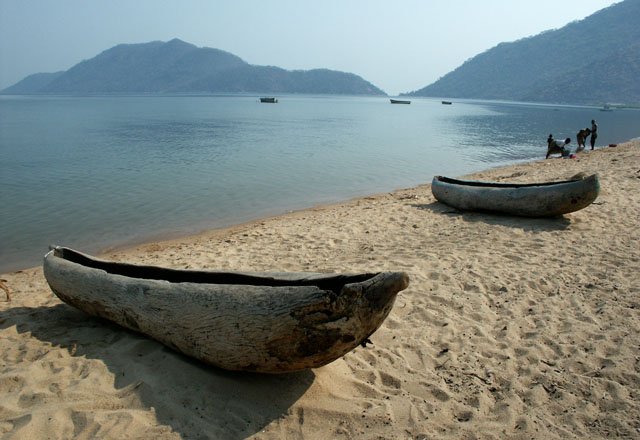
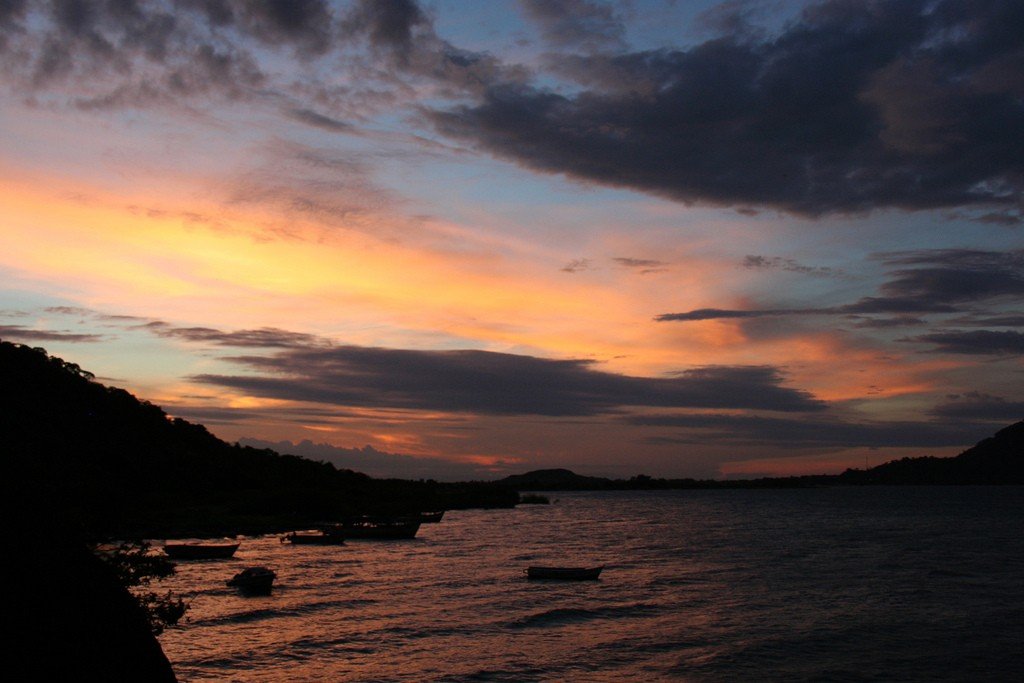
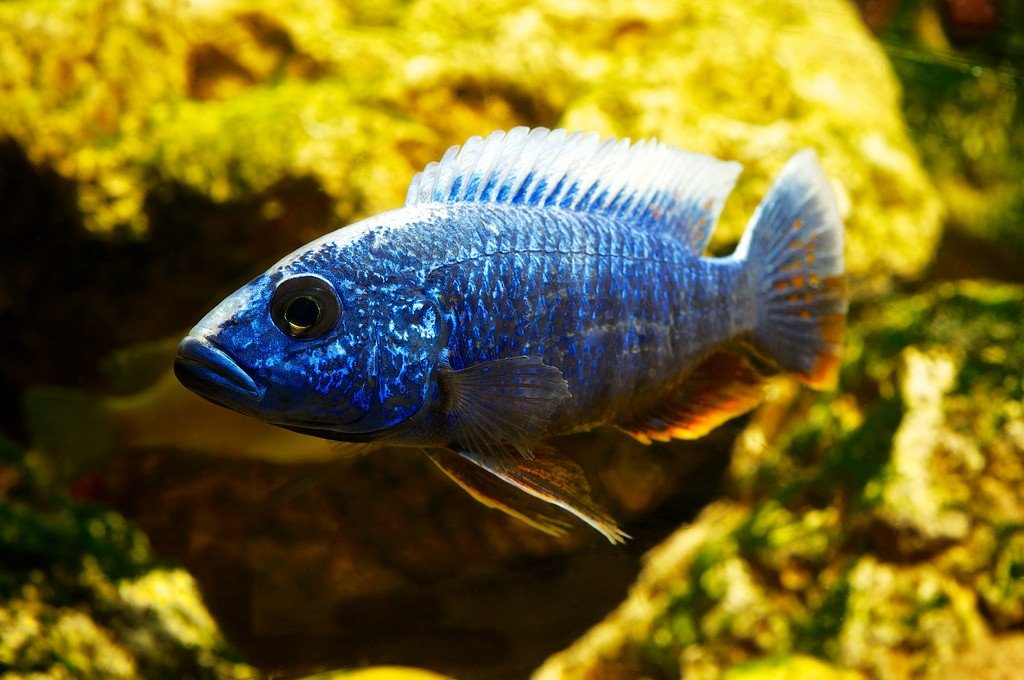
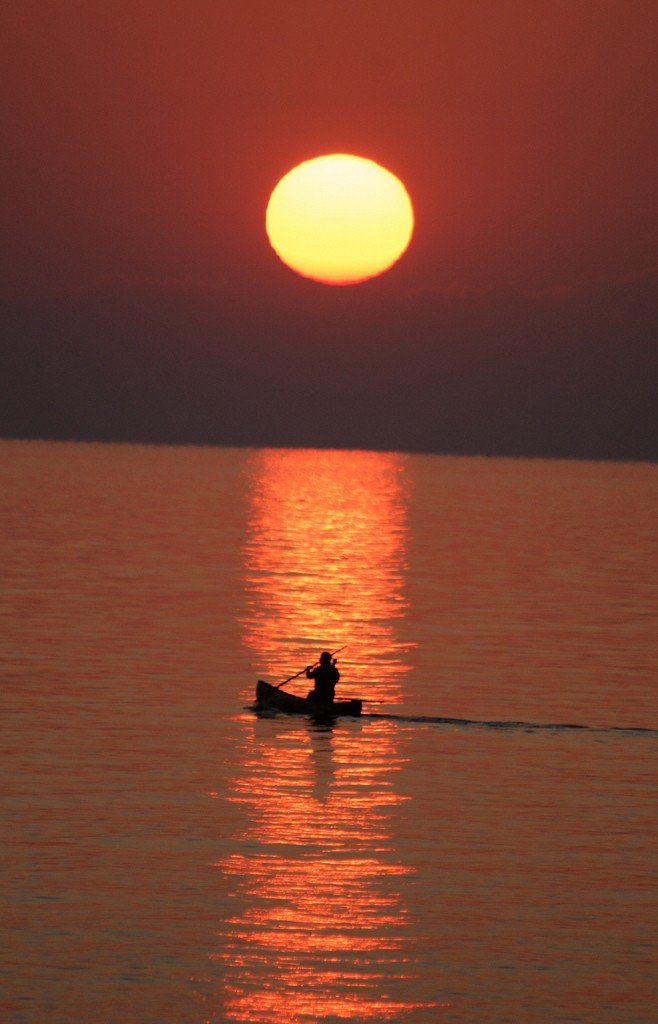
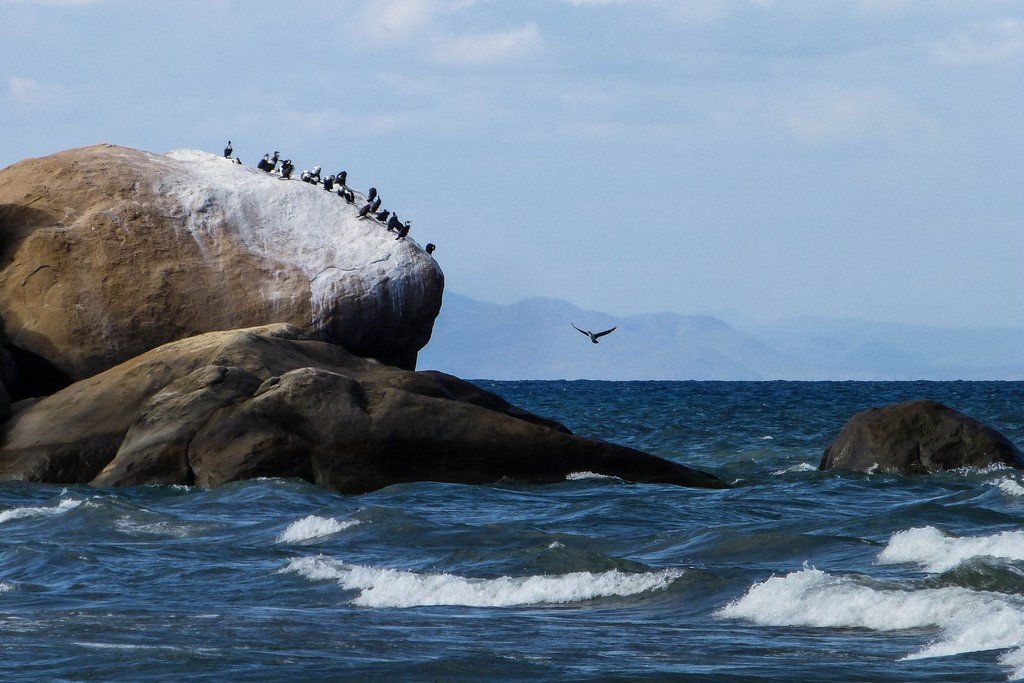
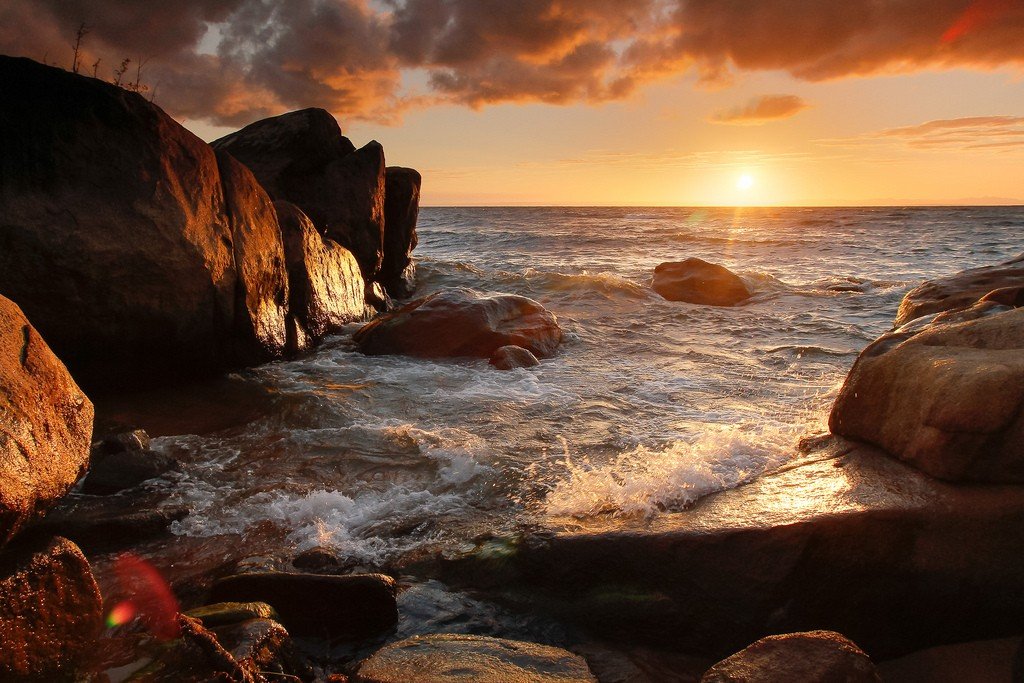
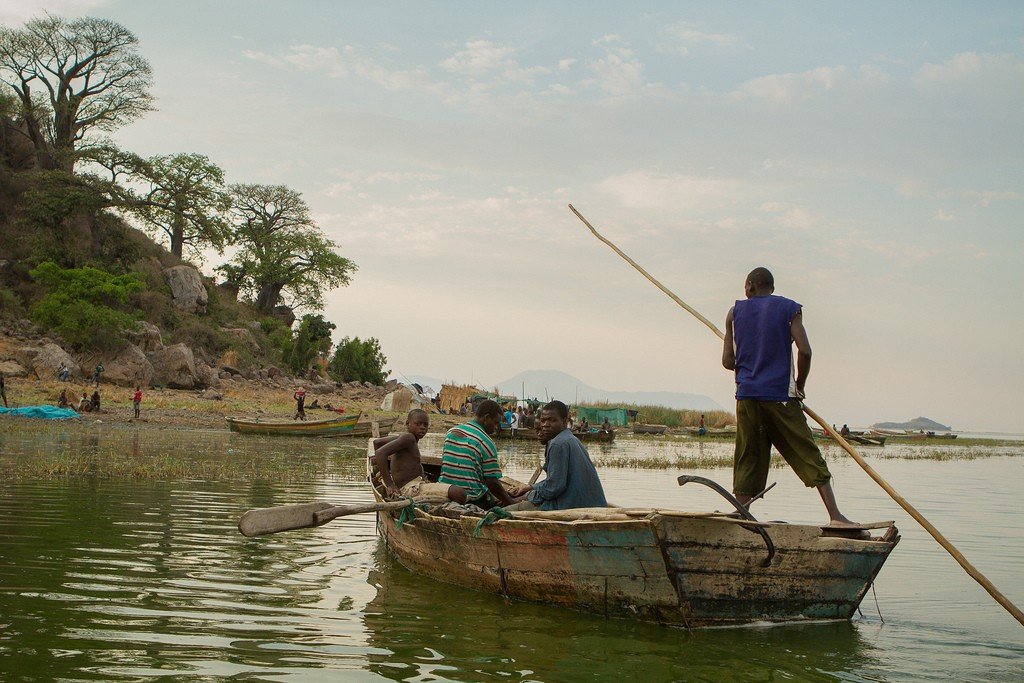
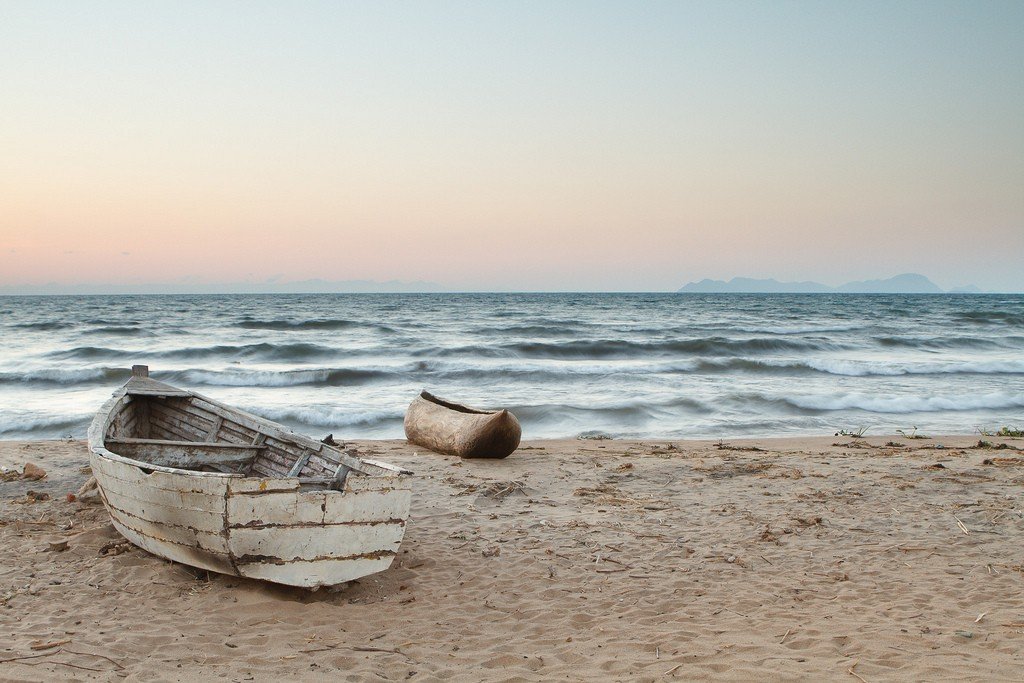
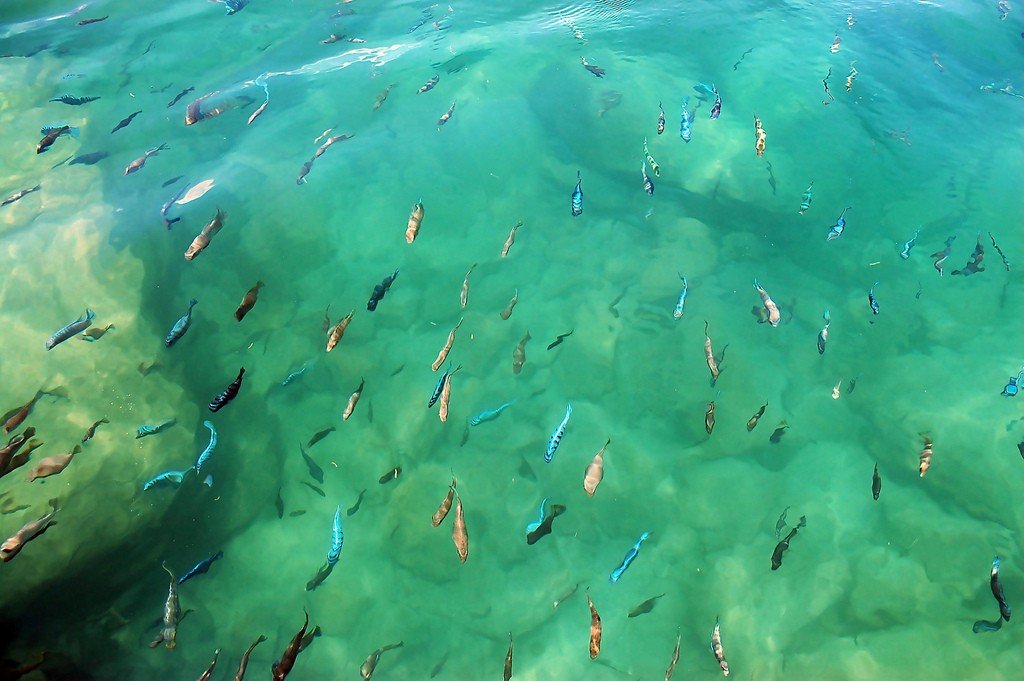
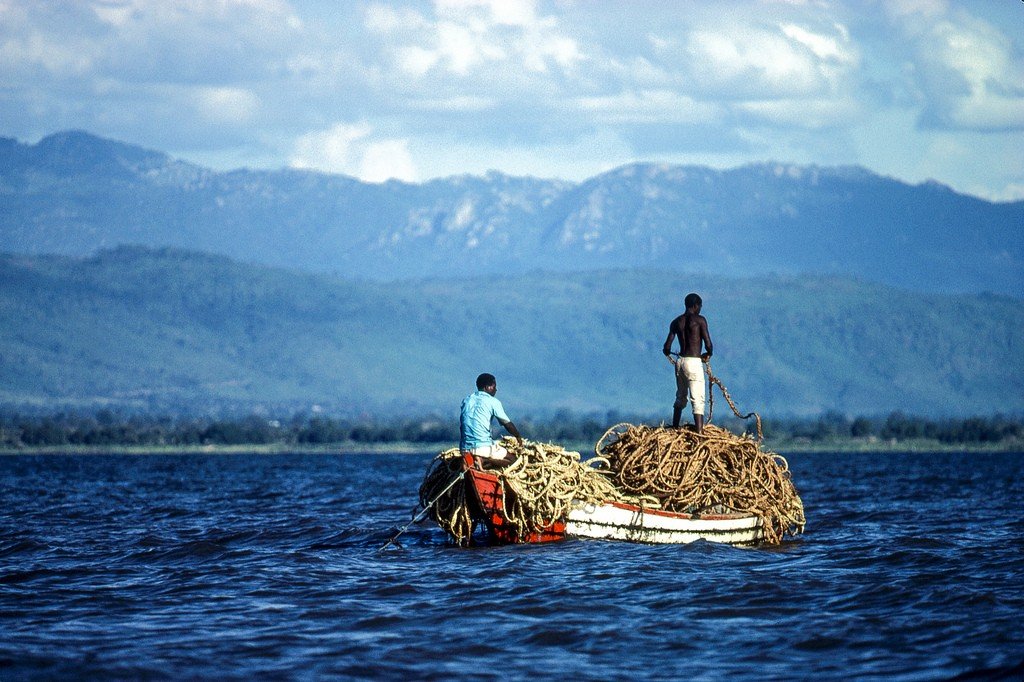
General Information
The waters of Malawi have the highest diversity of tropical fish among the world’s freshwater lakes, with various estimates ranging from 500 to 1,000 species of fish living in it. Eleven families are represented in the lake, but one of them, the cichlids, encompasses 90% of the lake’s fish species, most of which are endemics. Cichlids occupy the majority of the lake’s ecological niches. Lake cichlids are divided into two large groups: pelagic, predominantly predatory species that live in the water column away from the shores, and littoral, among which there is a rich diversity of shapes, sizes, feeding patterns and behaviors. Although species diversity of pelagic cichlids is also high by any standard, it is in coastal societies that it reaches an absolute maximum. Near the rocky shores of the lake, up to 500 fish of different species can be counted in a 50 m² plot. There are species and varieties endemic to individual parts of the lake or even to individual bays or coastal areas. Cichlids are the base of the lake fisheries and provide food for a large part of Malawi’s population, some species are represented as ornamental aquarium fish that are sold abroad.
In addition to fish, the lake ecosystem is characterized by large numbers of crocodiles, as well as African wedge-tailed eagles that prey on fish. Every year there is an annual mass departure of lake flies, whose larvae live on the bottom in the shallow parts of the lake; clouds of flies on these days obscure the sun and cover the horizon.
The honor of discovering Lake Malawi is credited to Dr. David Livingstone, though of course he was not the first European to see this splendor. Livingstone named Lake Malawi the lake of stars for its sparkling surface.
.
This area of stunning beauty, belonging to the western part of the Rift Valley, encompasses several islands, the Nan Kumba Peninsula and Cape Maclear. Wooded hills and rocky cliffs rising dramatically from the clear blue waters are reflected in the clear clean water of the lake.
.
There are no settlements within the park boundaries, but the lakeshore is densely populated. The locals depend on fishing as agriculture is unprofitable here due to the infertile soil.
.
Among the different zones in the area are wooded hills, swamps, reed lagoons, which are home to hippos, leopards, chakma baboons (bear baboons), green monkeys, kiste-eared pigs, and occasional elephants. The islands in the lake, especially Mumbo and Boad-zulu, are important nesting sites for several thousand white-breasted cormorants. Of the reptiles, crocodiles inhabit the area, as well as many varanas.
The lake is shared by three countries, Malawi, Mozambique and Tanzania. In the north of the lake, there is a dispute over the distribution of its waters between Malawi and Tanzania. Tanzania believes that the border should run along the surface of the lake according to the boundaries that existed between the former German East Africa and Nyasaland before 1914. Malawi argues that it should own the entire lake up to the Tanzanian shore on the grounds that this is how the administrative boundary between British Nyasaland and the Mandate Territory of Tanganyika was drawn after World War I: the Tanzanian shores were sparsely populated and the British found it inconvenient to set up a separate administration for the northeastern sector of the lake. This conflict has led to clashes in the past, but Malawi has not attempted to reassert its claims in the decades since, although it does not officially recognize the ownership of this part of the lake to Tanzania.
Most of the lake and its basin (68%) is within Malawi; its western border almost coincides with the western watershed. 25% of the basin is occupied by Tanzania and 7% by Mozambique. The Tanzanian sector of the basin is disproportionately important to the hydrological balance of the lake, as it receives the bulk of rainfall; from the Ruhuhu River in Tanzania alone, the lake receives more than 20% of its annual inflow.
The islands of Likoma and Chisumulu are located in the eastern part of the lake within the Mozambican sector off the coast, but belong to Malawi, forming two Malawian exclaves surrounded on all sides by Mozambican territorial waters.
.